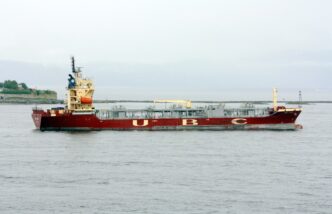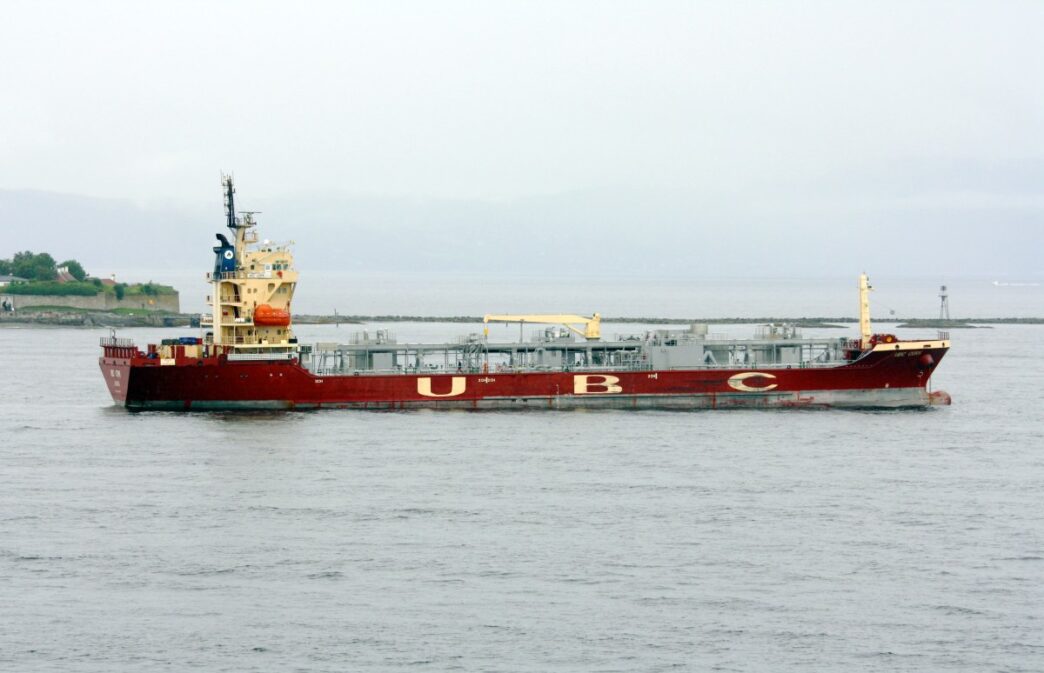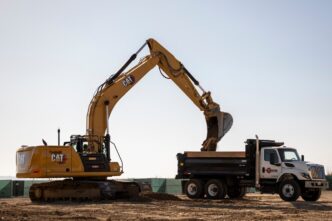Seabound just launched a carbon capture system for ships that turns engine CO₂ into limestone. The tech is now installed on the UBC Cork, a cement carrier sailing the Mediterranean.
When the ship docks in Norway, the limestone will go to Heidelberg Materials’ net-zero cement plant in Brevik. Heidelberg says this helps cut emissions from shipping its cement.
Shipping and cement are huge polluters, making up about 3% and 8% of global carbon emissions. Both are tough to decarbonize. Ships can’t just switch to batteries—the energy density isn’t there for long voyages. Cement’s core chemical process releases a ton of CO₂.
The IMO demands shipping cut greenhouse gases by 30% in the next decade, 65% by 2040. Seabound’s retrofit approach avoids replacing engines. It captures CO₂ directly from exhaust pipes.
Other players like Amogy push ammonia fuel to cut emissions, but that means redoing ship engines. Seabound’s model adds carbon capture without scrapping current powerplants.
Heidelberg signed on to use Seabound’s limestone in its cement production, closing the loop on shipping emissions.
Read more about Seabound here and Heidelberg Materials here.














